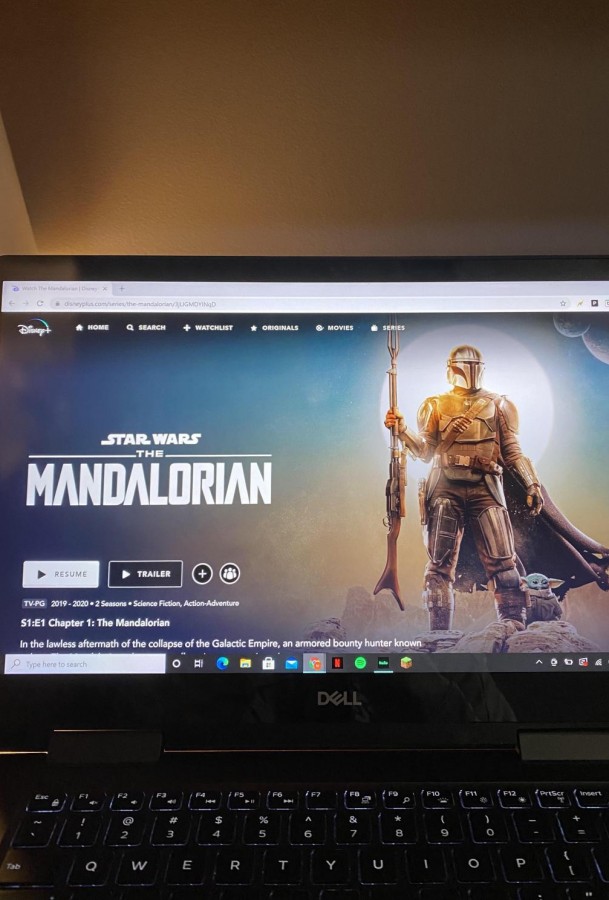For years television producers have debated how to release their new content on streaming platforms. Would they release the whole new season at once, or would they drag it out and drop one new episode per week?
There has been a wide variety of shows that have tested out each method. For example, “Outer Banks” and “Stranger Things” dropped whole seasons at once, and shows such as “Attack on Titan” and “The Mandalorian” released a new episode each week.
Each method has been proven effective in many different ways. Dropping a whole season at once allows for the binge-watching crowd to create immediate buzz about the show in general, but also allows for people to easily forget about it after the show has been watched and discussed.
The weekly approach allows for the studio to build the anticipation and create a ton of buzz centered around specific episodes and details, but also could deter certain crowds because of the sheer time it takes to get through the show.
The release of a whole season at a time is favored by many as it satisfies the common dislike of waiting. “The few nights I have some free time I enjoy watching a lot of tv, so it’s annoying to only be able to watch one episode,” Senior Kole Sommer stated. It also satisfies the crowd of people who enjoy watching shows at their own pace as opposed to waiting on a new episode every week.
While the all-at-once release method satisfies the common watcher, seeing as it allows for each individual to watch at their own pace, this method could also lead to the show having a shorter time in the spotlight.
With this method of release it’s likely that a show will follow the pattern of becoming popular quickly, but then kind of just fading away as people move on until the next season. This example can be seen with shows such as “Outer Banks,” in which the fan base grew exponentially fast, but only stuck around for a short period of time before they dissipated.
Not only does this highlight the extremely short attention span of humans in today’s world, but this also reduces the amount of time people spend talking about the show on social media. “The weekly approach definitely does build more anticipation and generates more conversation, especially on social media,” Sommer said.
From a television producer’s standpoint, the weekly method seems to be more effective in creating consistent buzz around the show. This method allows for the fan base to engage in week-long discussions on social media about how the last episode went, what details stand out the most, and what crazy thing could happen in next week’s episode.
With discussions, leaks and rumors spreading around social media in the weeks leading up to each episode, the reach of the show is constantly expanding and attracting new fans.
The ability to create and maintain so much buzz around a show on a week to week basis is something that many audience members love. “The weekly release method is great to keep an audience engaged throughout the show,” senior Ben Franks explained. “Not only is the engagement boosted, but the audience has time to delve deeper into the meaning of each episode and all the many details within, instead of just rushing through the show until the finish line.”
While each method may differ in the format it presents to the viewers, they both accomplish the essential purpose of relaying the content to the audience to enjoy. In reality, it really all comes down to personal preference, and which method the producers decide best suits the show.









